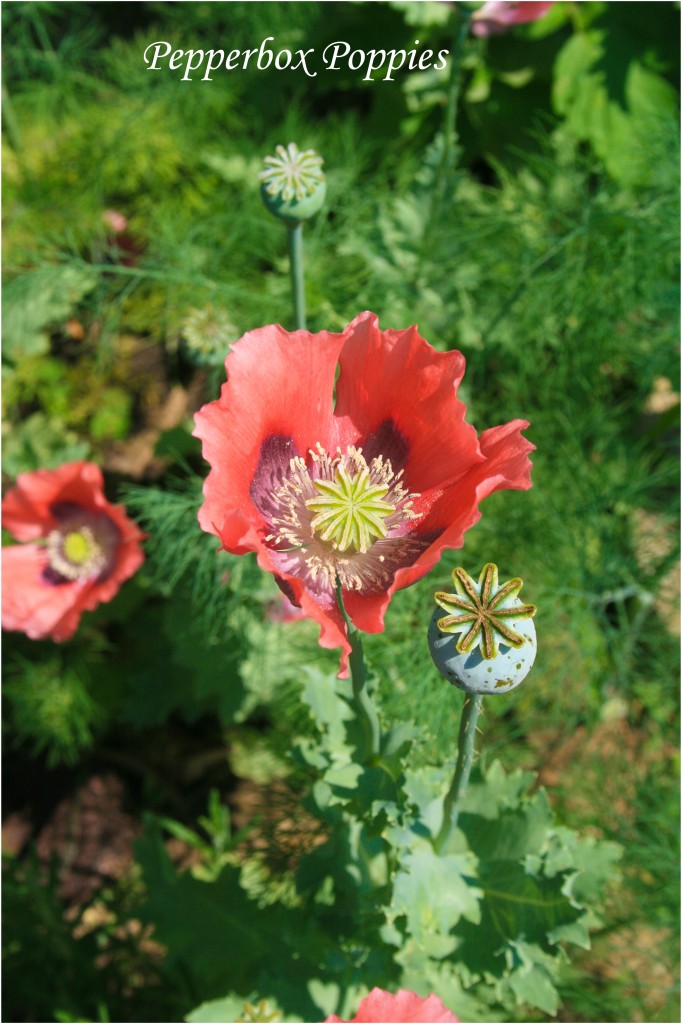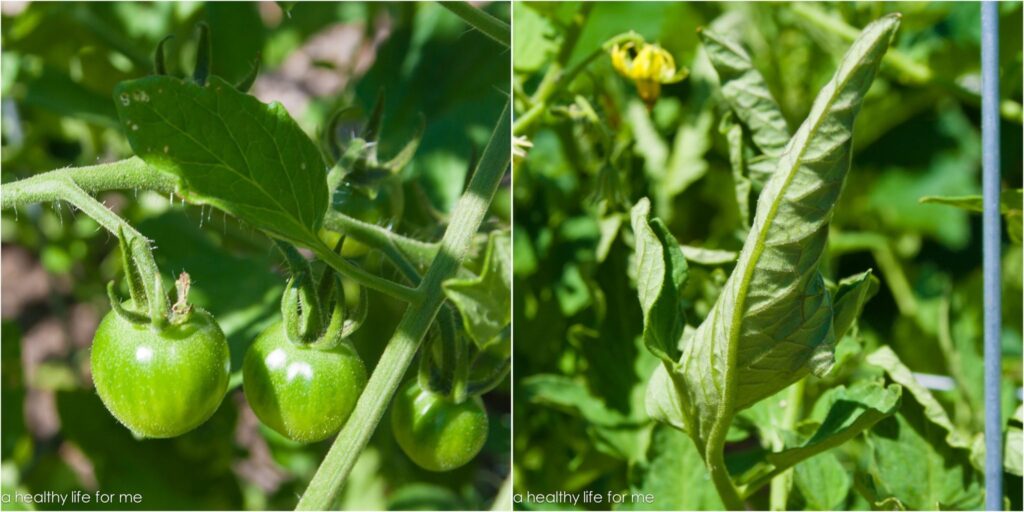My friend Tami and I went on a garden tour through some private local gardens last Saturday. The tour consisted of nine privately owned and cared for gardens and our group was led by a master gardner who pointed out certain characteristics and answered our questions.
The tour ranged from a small patio garden to a sweeping five acre woodland and sun garden. The gardens were as diverse as their owners, some owners were there to greet us and answer questions while others stayed away. The one consistency that caught our eye and caused me to take a photo, were the use of fountains, planters, and art as focal points.
Focal points are used in garden design to draw the eye. When looking at a garden your eye sweeps along, not knowing where to land. A sense of flow is nice, but without a focus, your garden quickly passed over. Now think of a garden you saw with a wonderful water feature, a beautiful planter or a dramatic ornament. The first thing you notice is this focal feature. Once your interest is concentrated there, you start to branch out and notice other plants and features in the garden. The garden is slowly discovered rather than swept through.
When I thought back on the tour, I remember each garden based on the ornamental focal point first and then the plants that I saw second. It gives a visitor a foundation to remember your garden.
One plant that I fell in love with on the tour and wanted to share with you was the pepperbox poppy. It was just stunningly sweet and will make a great addition to my garden next year. They are easy to start from seed in the spring in a sunny spot.
Back at my garden I am waiting patiently for the first seasons tomatoes. My plant hold many green fruits and I am continuing to train their growth and pinch off any shoots. You may notice that the old leaves near the base of your tomato plant are turning yellow and brown. Don’t panic. As long as the rest of the plant looks fine, and fruits are growing well, there is no need to worry. There are plenty of other leaves to feed the plant and these old ones can be removed. Another problem you may see on your tomato plants is curling leaves. This is caused from fluctuating temperatures and excess static starch. Typically, June mornings are cool, with hot midday temperatures causing your tomato leaves to curl inward. This may slow down production on your plants until the temperatures even out. It will also cause stress on your plant so watch for aphids. Small white or light green bugs. If you spot bugs spray your plants with a strong spray from the hose, this usually knocks them loose and damages them enough that they will not return.
Coneflower is one of my favorite perennials in the garden. They are self sufficient and a strong growing workhorses that adds color from summer to fall. To help keep them healthy and flush with flowers cut off the spent blooms as the petals begin to brown. You can also cut out any dead or browning leaves. Do not deadhead the coneflowers in the fall, as the seed heads provide food for birds. There are several different varieties of Coneflower offering an array of colors. From white, pink, purple, red and orange.
Though our rainfall here has been plentiful if we get a dry spell and receive less than 1 inch of rain a week, you will need to water your Daylilies. If you want to keep them looking tidy you can remove the individual spent flowers, but it is not necessary. You can also cut back flower stalks once all flowers have finished. If you want to learn more about Daylilies, and how I fell in love with them, click here.
I hope you have a wonderful weekend and take time to enjoy your garden! xo, Amy












